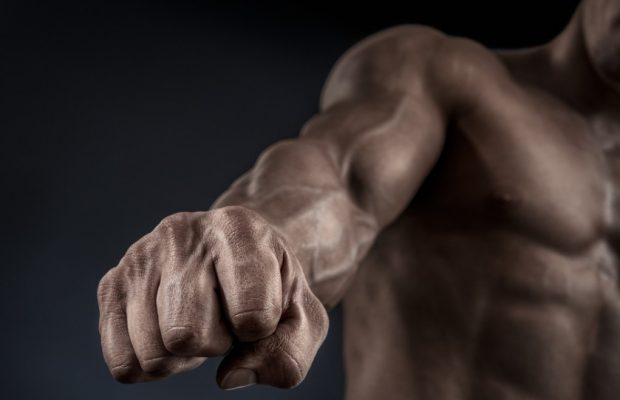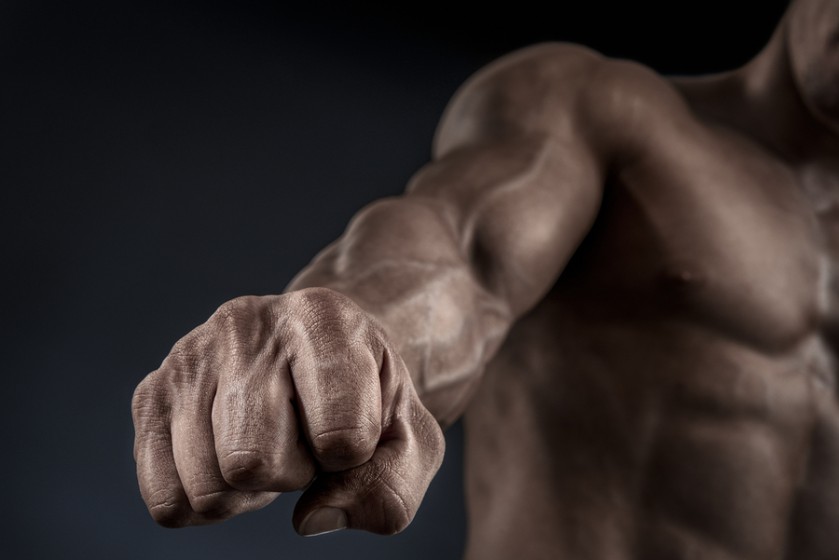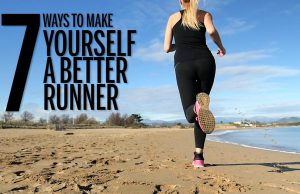How to Avoid Core Strength Training Injuries


The core is a group of muscles that surrounds the spine. These muscles include the erector spinae, multifidi, diaphragm, transversus and rectus abdominis, external and internal obliques, lumbar and latissimus dorsi, hip flexors, hip adductors and all three gluteal muscles. With a strong core, the body’s stability and strength improve. You can do all sorts of intense exercises if your core is in tiptop shape.
Although training the core has its benefits, the moves are often linked to injuries. To keep your training safe and effective, we are listing down ways to avoid training injuries:
Work on the Timing
Let’s face it, if your timing is off, there is a good chance that you will lose your balance and hurt yourself. All types of exercises need proper timing, including core strength training. If you are working out for the first time, we recommend having a professional trainer nearby for assistance. A professional trainer will help you work on your timing as you exercise. For advanced training, you want to focus on the movement to achieve the right timing. Give your core enough time to adapt to the demands of an advanced training to achieve the best results.
Improve Your Posture
The core muscles are located in the spine. Poor posture could put unnecessary stress on the spine, causing chronic back pain. Instead of working out the muscles, you end up damaging your spine. Always mind your posture during and after working out. The shoulder blades should be kept back, the chest should protrude and the spine should be straight.
Hunching over weakens the rotator cuff and back, making you vulnerable to injuries once you exercise. As the spine develops an abnormal curvature, your physical abilities will be limited too. The curvature does not affect your training alone; it can also affect day-to-day activities.
So always pay close attention to your posture. Keep the shoulders back and the chest out, like a military cadet. Elevate your sternum to improve your posture. By doing so, the chest muscles will lengthen. The muscles of the upper back become stronger over time as well!
Perfect Your Form
Always observe the proper form if you are working out. This is easy if you have a trainer who will assist you as you train. But if you are working out on your own, always protect the spine from stress. You want to leave all the heavy lifting to the back muscles, not the backbone!
This can be done by paying close attention to myoelectric signals. These electrical signals control the muscles. As you work out, myoelectric signals are generated to create muscle force. The force makes the muscle carry the weight. To avoid pressure on the spine, keep your position neutral or extended. This will stimulate the back muscles to carry the weight in a deadlift. The position also reduces the forces on the lumbar vertebral disks for an effective lift, preventing injuries.
Improve Flexibility
You simply cannot achieve a strong core without flexible muscles. And we are not just talking about the back muscles, but the abdominal, hamstrings and hip flexors too! When the muscles that surround the back muscles are flexible, the back muscles can carry more weight. Do a lot of squats, lunges, and other exercises to keep the middle and lower body strong. When the muscles in the lower body are strong, there is less stress and force applied to the spine as you work out.





0 comments